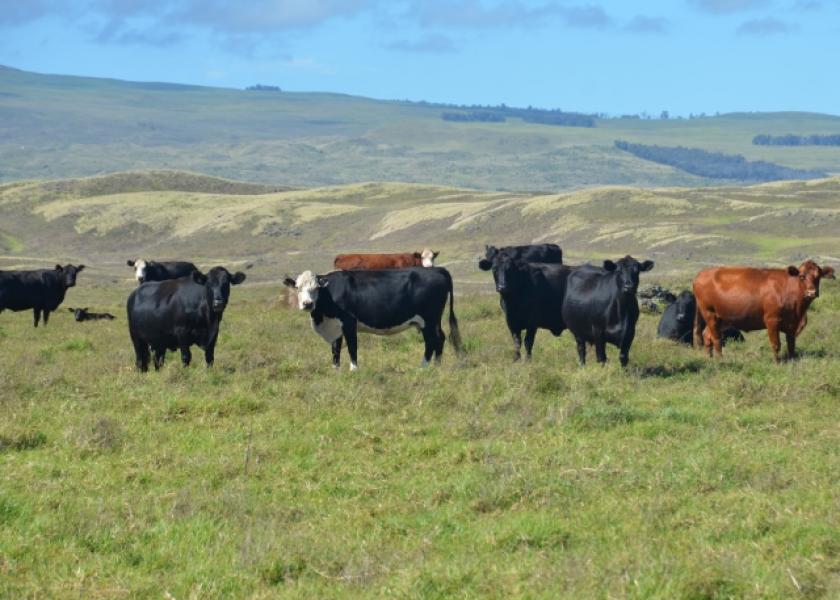Testing New Additions to the Herd

The addition of any new animal creates the potential for introduction of disease into the resident herd. One way to help prevent new disease introduction is by working with a veterinarian to develop a protocol. The protocol can specify the required testing of all new additions to the farm or ranch whether purchased, leased, or borrowed, as part of their written operational biosecurity plan.
A plan for testing new additions will likely be based on a producer’s willingness to accept the risk of disease introduction combined with the known prevalence of disease, geographic origin of cattle, and the seller’s provided or guaranteed health history. It is always best for buyers to request a written health history of the prospects. Vaccination status, deworming history, reproductive evaluation, and specific disease testing should be considerations.
For additions of new bulls, buyers should require written documentation of a timely breeding soundness evaluation (BSE) conducted by a veterinarian following the standards established by the Society for Theriogenology (SFT). Sampling for reproductive infectious diseases such as Tritrichomonas foetus and Campylobacter fetus should also be strongly considered for all non-virgin bulls.
The addition of replacement females also requires assessment of reproductive parameters. Reproductive tract scoring may be a helpful evaluation when considering replacement heifers. If the female has been artificially inseminated or exposed to a bull, confirmation and stage of pregnancy should be determined. Testing for reproductive infectious diseases may also be warranted.
Depending on pedigree, buyers of bulls and replacement females may also want DNA marker testing for heritable diseases causing genetic abnormalities. Although these diseases are not infectious, the introduction of these genetics by even a single sire or several closely related females can have a significant negative impact.
Introduced infectious diseases have the potential to negatively impact the entire herd. Producers may want to discuss testing for diseases such as bovine viral diarrhea and Johne’ disease with their herd veterinarian.
Even if a new introduction receives a clean report after testing and shipment, it is still recommended that the animal undergo a minimum two week isolation before exposure to the resident herd as part of a good biosecurity plan. Following the protocol developed by the herd veterinarian will help prevent the introduction of new diseases and protect the producer’s investment.







